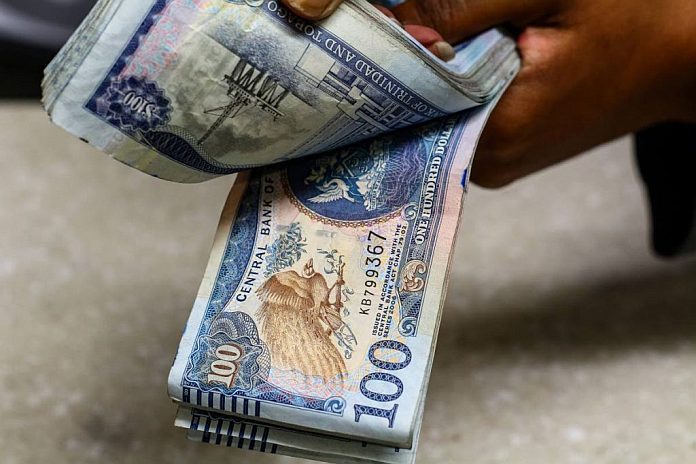Dear Sir:
National security minister Stuart Young’s announcement that a new $100 bill will be circulation within the next two weeks has raised many questions and issues. The main issue that has engaged stakeholders is the time frame that the government has decided must be the window to trade-in the old bills.
But I have not seen anyone from the media asking Dr Rowley’s minister-of-everything-who-delivers-nothing about the actual procurement process that was used to order these new bills and the role of the Central Bank of Trinidad and Tobago.
The Central Bank is the institution charged with the responsibility of ensuring financial stability and public confidence in the economy of Trinidad and Tobago. Its policies and decision-making process must be credible and transparent and inspire confidence in the domestic currency.
Therefore, why was this decision and announcement made by the political directorate and not the Bank’s Governor? Was this a decision by the Central Bank or the Keith Rowley-led Peoples National Movement (PNM) administration?

The Guardian quotes Young as saying “Today, I advised the Cabinet that in order for us to fight money laundering, including the financing of drugs and narcotics and illegal firearms, tax evasion and the black money economy, counterfeiting and other related problems, that the government should withdraw from circulation the current TT$100 note issued by the Central Bank.”
Is Young saying that on December 5, 2019, not only did he advise the Cabinet that “the government should withdraw from circulation the current TT$100 note issued by the Central Bank,” but also went to state “I’ve advised Cabinet and it has been accepted that we should replace the existing $100 note with a newly issued note and a new design printed on polymer paper.”
If this is indeed what Young told the media, then it seems that the minister of national security was totally out of his remit.
It implies that Cabinet’s approval and authorization were not obtained before December 5, 2019, for the withdrawal of the old $100 bills and the replacement with the new ones and that the government made this decision, not the Central Bank.
Further, how was the contract for the printing of these new bills awarded; was it a single/sole source tender a non-competitive purchase/procurement process?
Was it the ministry of national security, the ministry of finance or the Central Bank that made this decision? Which company was awarded this contract?
At the same time, what protocols have been put in place for the complete withdrawal of the old $100 bills and which agency will be tasked with ensuring that ALL bills collected will be properly disposed of?
Is this another instance where the Dr Rowley-PNM administration has again abandoned the procedures for the award of government contracts and has usurped the role of the Central Tenders Board and its rules/guidelines/procedures?
Capil Bissoon





